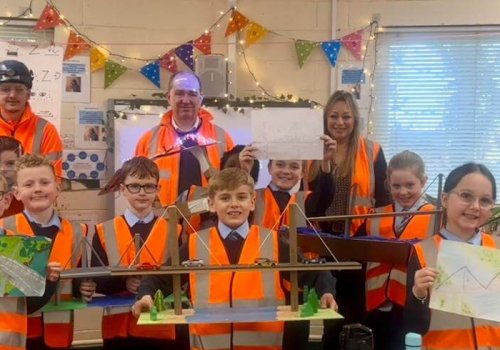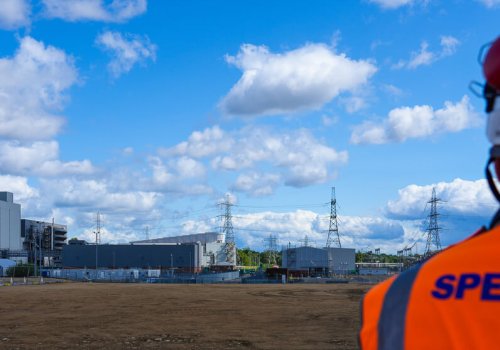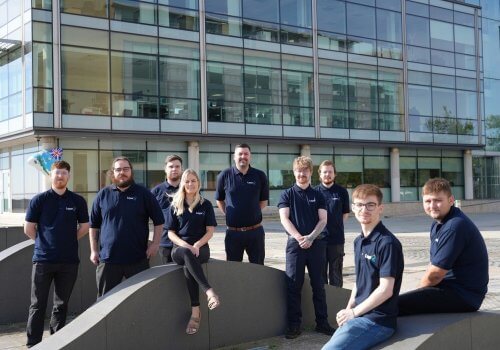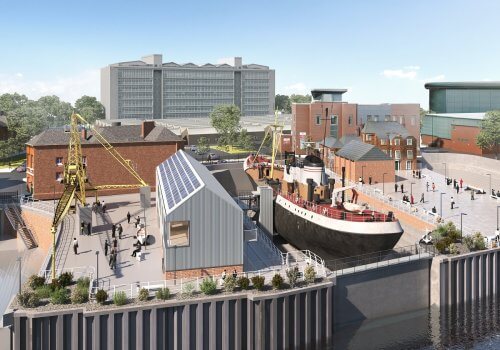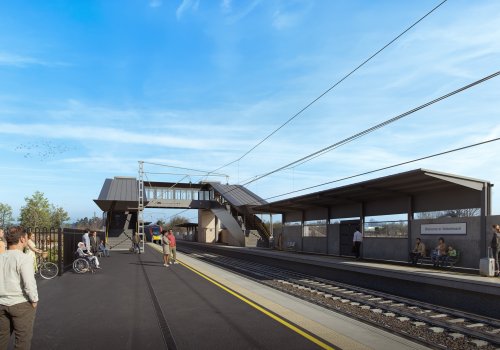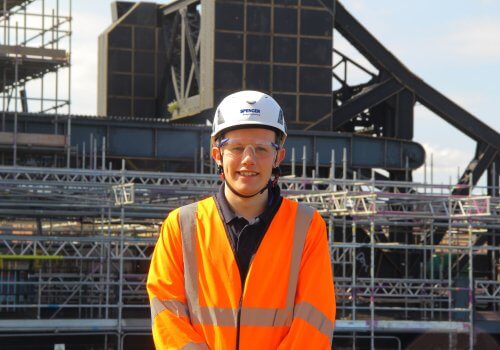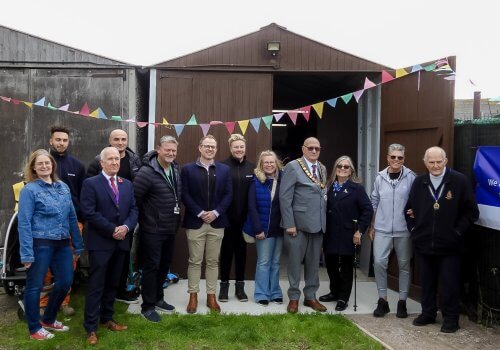At Spencer Group, digital construction is redefining how we approach projects, combining planning, design, and execution in a truly integrated process.
Through this advanced evolution of BIM, we create a three-dimensional digital twin—a dynamic, data rich central resource that offers every project stakeholder real-time access to up-to-date, accurate project details. This digital twin is more than a static model; it’s an interactive representation that facilitates transparency and collaboration, keeping everyone aligned and enabling seamless project progression.
Digital construction isn’t just a part of our work; it’s a cornerstone of our project philosophy. With a fully developed digital twin, we can rigorously test and refine designs, optimising every detail before construction starts.
This forward-thinking approach improves quality, prevents costly surprises, and enhances overall client satisfaction. It also aligns with our commitment to sustainability, as we’re able to assess energy efficiency and environmental impact from the earliest stages.
Furthermore, digital construction strengthens safety by allowing us to anticipate, communicate and address potential hazards, ultimately reducing risk, enhancing safety standards, and cutting down on delays and rework.
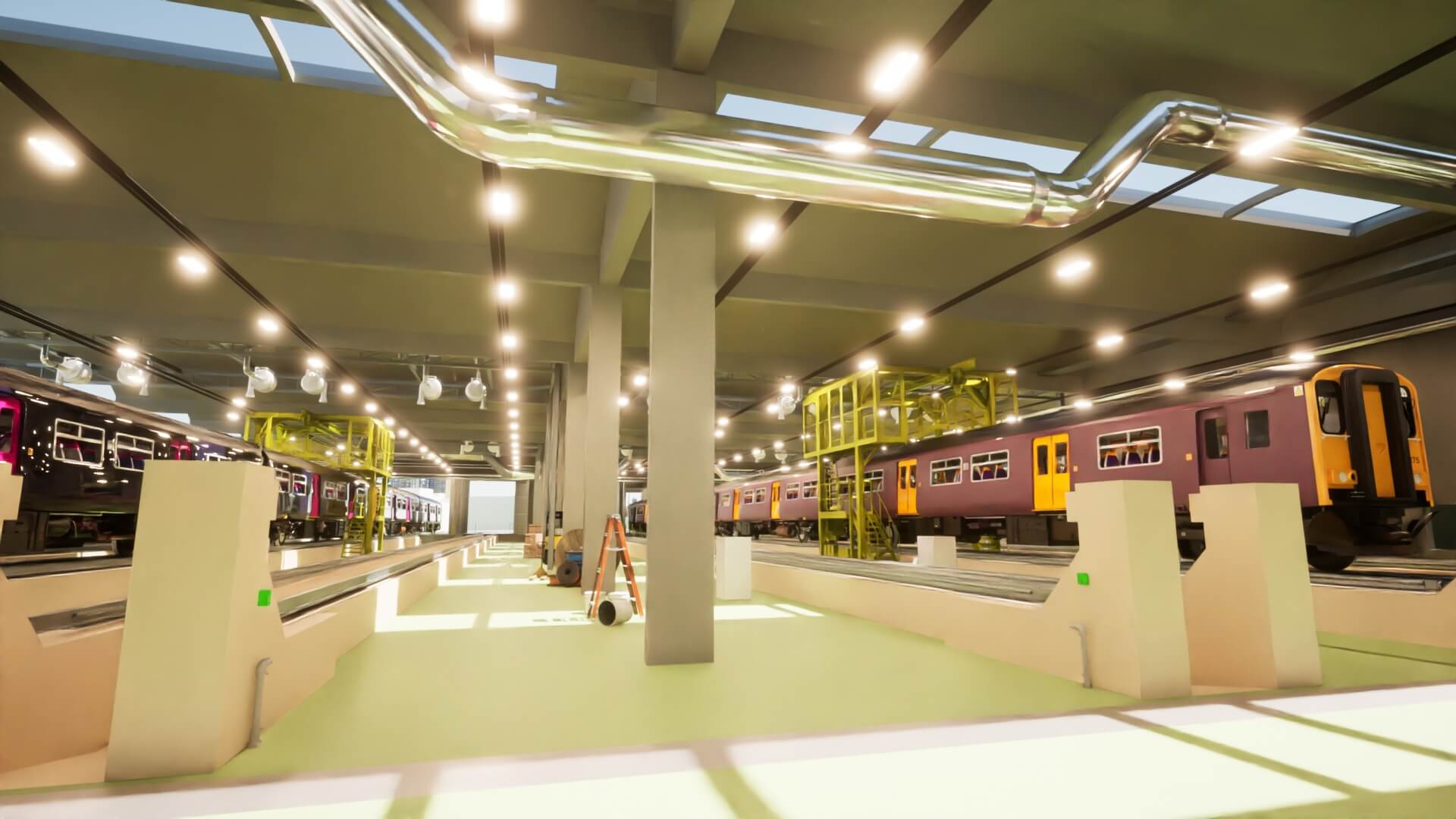
Spencer Group’s Integrated Approach to Digital Construction
Our approach to digital construction is unique and highly collaborative.
Our multidisciplinary in-house design team works closely with the construction team and our design supply chain to develop and refine the digital twin throughout the design development stages, or design gates.
These checkpoints allow us to ensure that each stage of the project is technically sound, constructible, and aligned with safety and quality standards. By involving the construction team early, we resolve constructability issues, increase efficiency, and ensure a safer working environment.
Throughout the design period, our construction team is integral to the development of the digital twin, contributing valuable insights that ensure the project’s feasibility and alignment with practical site requirements.
This collaborative, iterative process allows them to influence design decisions early, helping to refine and optimise the project for smooth execution. By involving the construction team in this way, we maintain alignment across all stakeholders, providing clients with a clear, evolving view of their project’s journey and final outcome well before construction begins.
The shared digital twin fosters true collaboration, ensures accurate, real-time updates, and supports effective coordination at every phase. This approach enables us to guide projects from concept to completion with a steadfast commitment to safety, sustainability, and efficiency.
Digital Construction at Tyseley Depot: A Spencer Group Case Study
At Tyseley Depot, Spencer Group is managing a significant series of upgrades for West Midlands Trains and Network Rail. This project presents both technical and logistical challenges, requiring the depot to remain fully operational throughout. To meet these demands, Spencer Group relies on digital construction to ensure every phase of the project progresses smoothly, minimising disruption to daily activities.
The Tyseley Depot upgrade is structured into three primary work packages, each benefiting greatly from digital construction.
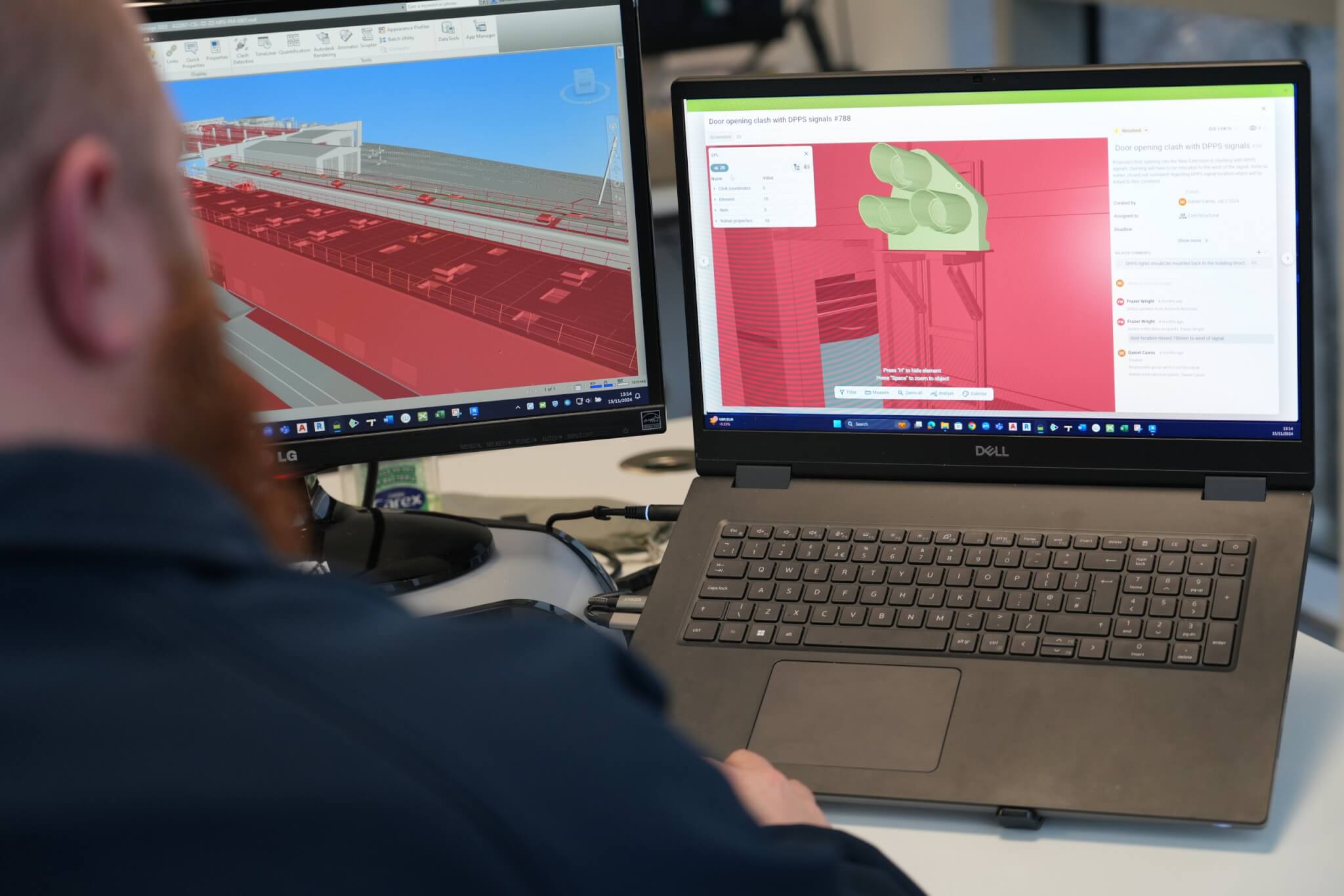
Work Package 3:
The first phase involved the removal of a substantial section of rail track to enable a 30-meter extension to the Underframe Cleaning building, allowing for expanded cleaning operations on rolling stock.
By using a digital twin, the team could coordinate design, structural adjustments, and depot protection systems with precision. The model provided clear visualisations of how the extension would integrate with the existing structures, keeping all parties informed on timelines, safety protocols, and spatial constraints, which contributed to efficient, on-schedule delivery.
Work Package 4:
This phase focused on essential mechanical and electrical (M&E) upgrades, including improved ventilation systems, shore power installations, and the addition of mobile gantry cranes by Harmill to increase service capacity and efficiency.
Digital construction was invaluable in coordinating these enhancements, allowing the team to map out each system in the model and conduct clash detection early on. This proactive approach resolved potential conflicts before work began, reducing delays and preventing on-site rework.

Work Package 5:
Currently underway, this phase is the most extensive, involving a 100-meter extension of the depot building to provide stabling for four-car trains on two dedicated tracks.
Due to the scale and complexity of this expansion, the digital twin is essential, enabling the team to visualise how the new facility will fit within the existing depot layout, assess clearances, and understand interactions with current operations.
The digital twin also provides the client with enhanced oversight, offering confidence in project delivery through real-time visualisation of the project’s development.
Throughout the Tyseley project, digital construction has been vital in maintaining a high level of coordination and communication. The digital twin acts as a single source of truth, allowing Spencer Group’s team to share real-time updates with site teams, stakeholders, and clients alike, ensuring alignment and transparency.
With ongoing clash detection and design coordination, digital construction helps us anticipate and resolve design conflicts and logistical challenges early, significantly lowering the risk of delays. This proactive approach enables us to effectively manage risks that could impact depot operations.
Beyond design coordination, the data rich model is supporting efficient site management. Our site teams use a cloud-based platform to access the digital twin on mobile and tablet devices, ensuring they have the latest information for a more responsive approach to site work.

Daniel Cairns, BIM Manager on the Tyseley Depot project, said: “On the Tyseley Project, the close collaboration between design and site teams has been key to its success. By leveraging BIM, both teams have worked together from the outset, using coordinated models to visualise and resolve potential challenges before they reach the site.
“This proactive approach has streamlined the construction process, reduced delays, and made the entire project delivery smoother and more efficient. It has been a pleasure to help facilitate this process and witness the remarkable collaborative efforts from everyone involved in the project.”
This accessibility ensures that any on-site changes or issues are communicated swiftly, with real-time updates keeping all teams working from the most current data.
In summary, a mature BIM process at Tyseley Depot has enhanced Spencer Group’s ability to tackle the logistical and technical challenges of a live depot environment. The digital twin improves transparency, accuracy, coordination, planning, visualisation, and management at every phase.
By embracing digital construction, we are not only delivering a more effective project but also setting a new standard for operational excellence in complex, live environments.
